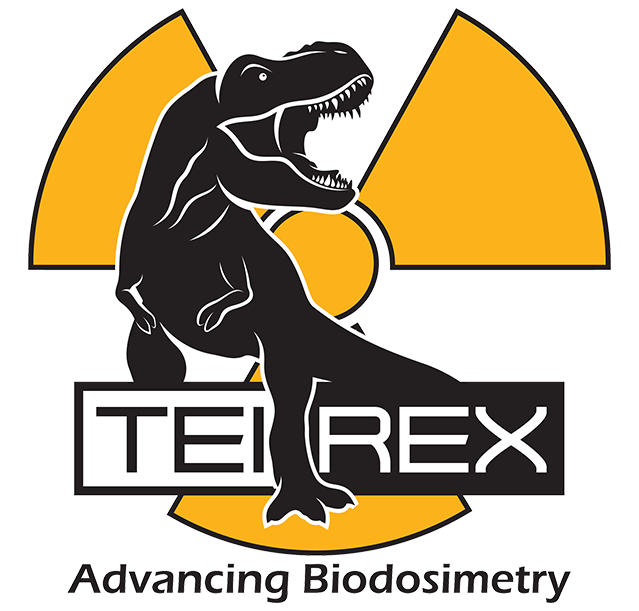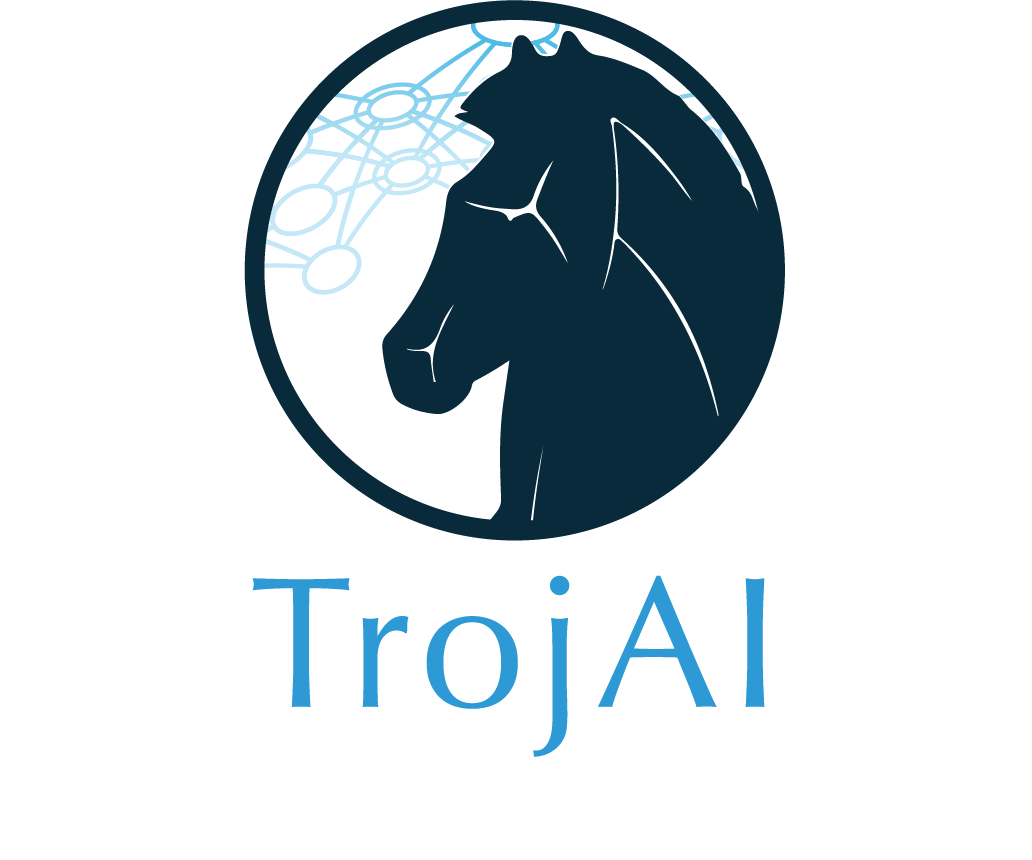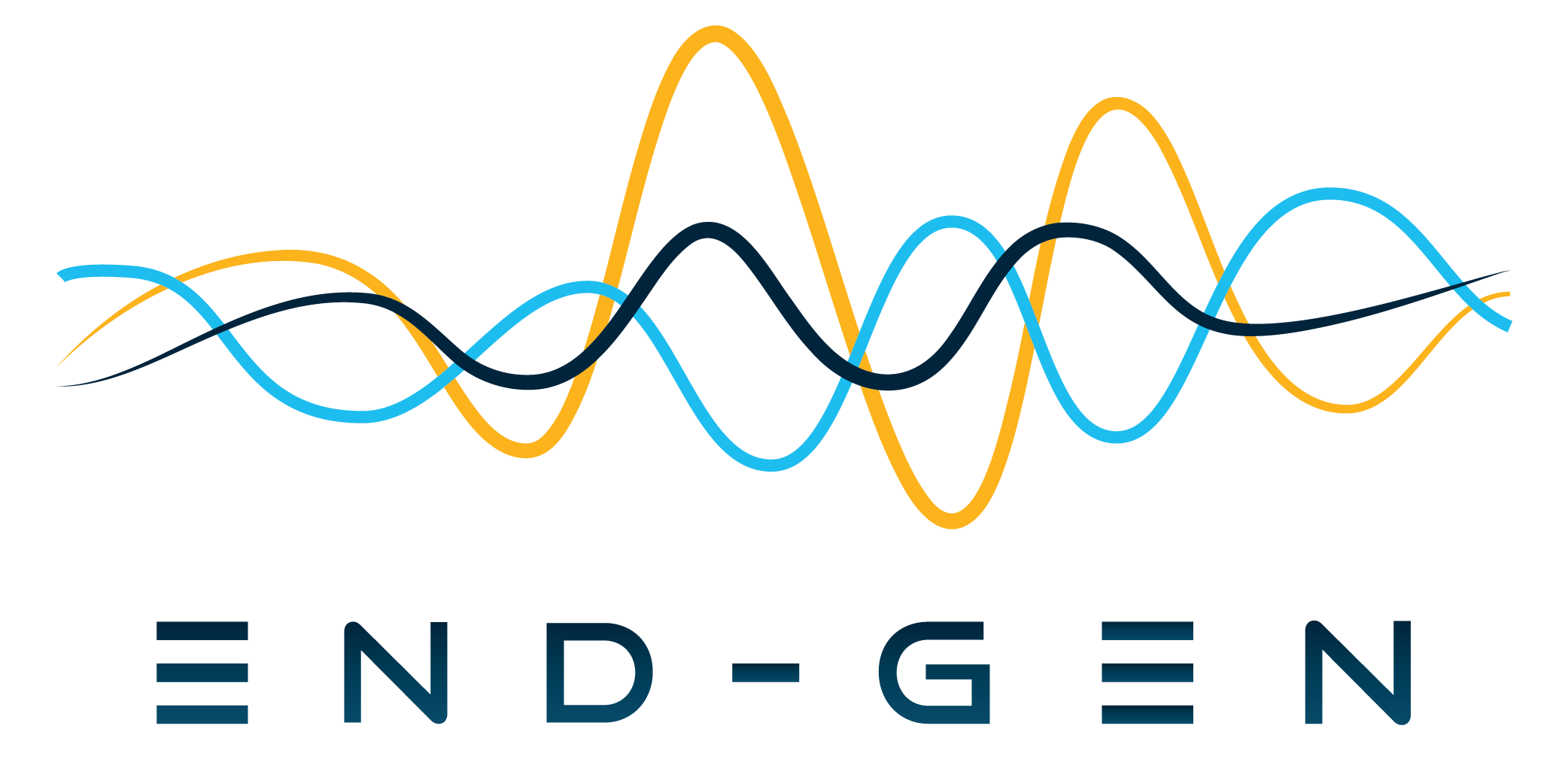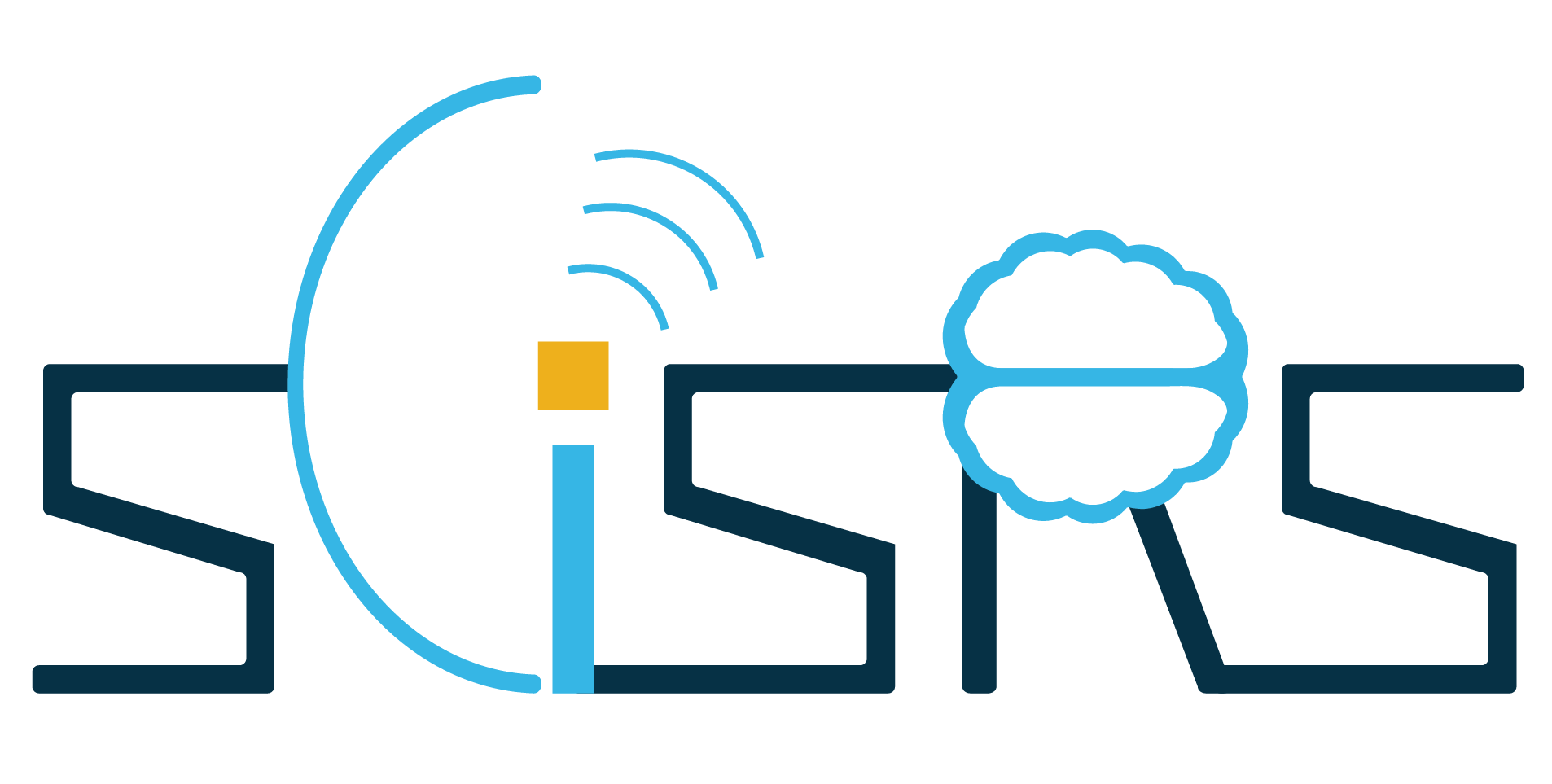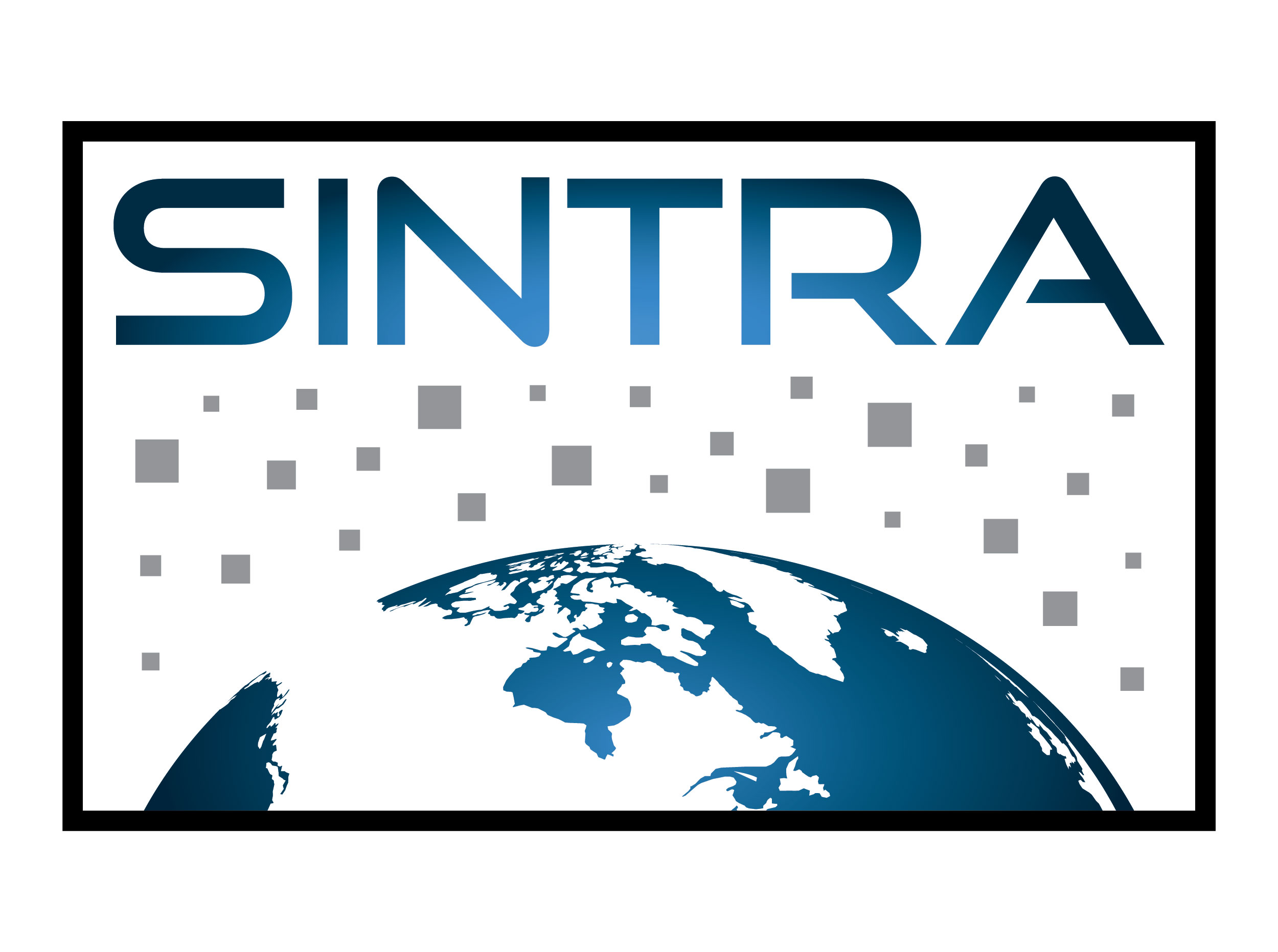Research Programs
IARPA sponsors cutting-edge research on a broad range of subjects to benefit and support the Intelligence Community. Our Program Managers are currently engaged in four primary research areas, including, artificial intelligence, quantum computing, machine learning and synthetic biology.
To learn more about the types of programs our program managers have supported and are currently supporting, please see the below list. If there is a specific area of your interest that is not listed here, please contact one of our Program Managers for additional information. We welcome the opportunity to discuss your ideas for future research.

The goal of analysis research is to maximize insights from the massive, disparate, unreliable and dynamic data that are--or could be--available to analysts, in a timely manner. Our programs are in diverse technical disciplines but have common features involving potential transition partners at all stages, beginning with the definition of success, creating technologies that can earn the trust of the analyst user by providing the reasoning for results, and addressing uncertainty and data provenance explicitly.

The goal of collections research is to dramatically improve the value of collected data from all sources by developing new sensor and transmission technologies, new collection techniques that more precisely target desired information, and means for collecting information from previously inaccessible sources. In addition, IARPA pursues new mechanisms for combining information gathered from multiple sources to enhance the quality, reliability, and utility of collected information.









